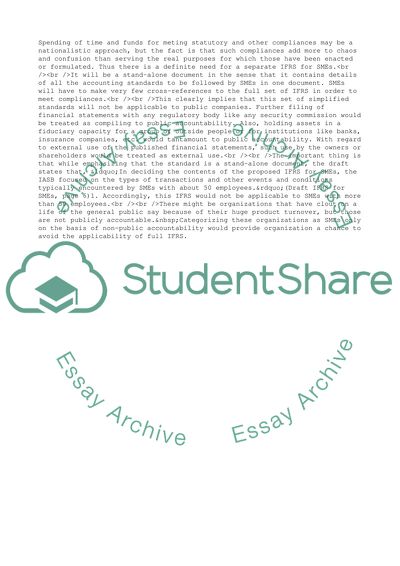Cite this document
(International Financial Reporting Standards for Small and Medium Assignment, n.d.)
International Financial Reporting Standards for Small and Medium Assignment. Retrieved from https://studentshare.org/business/1711449-ifrs-for-smes
International Financial Reporting Standards for Small and Medium Assignment. Retrieved from https://studentshare.org/business/1711449-ifrs-for-smes
(International Financial Reporting Standards for Small and Medium Assignment)
International Financial Reporting Standards for Small and Medium Assignment. https://studentshare.org/business/1711449-ifrs-for-smes.
International Financial Reporting Standards for Small and Medium Assignment. https://studentshare.org/business/1711449-ifrs-for-smes.
“International Financial Reporting Standards for Small and Medium Assignment”, n.d. https://studentshare.org/business/1711449-ifrs-for-smes.


